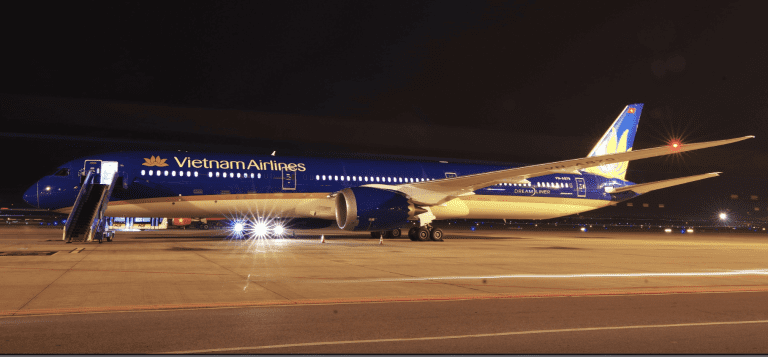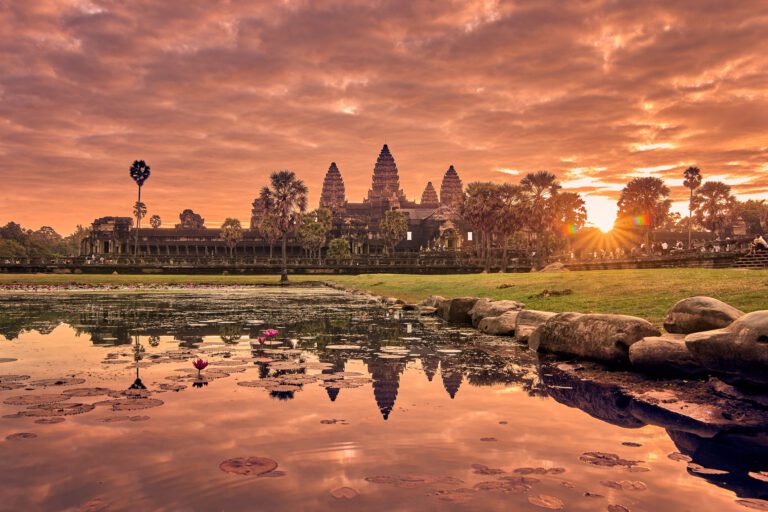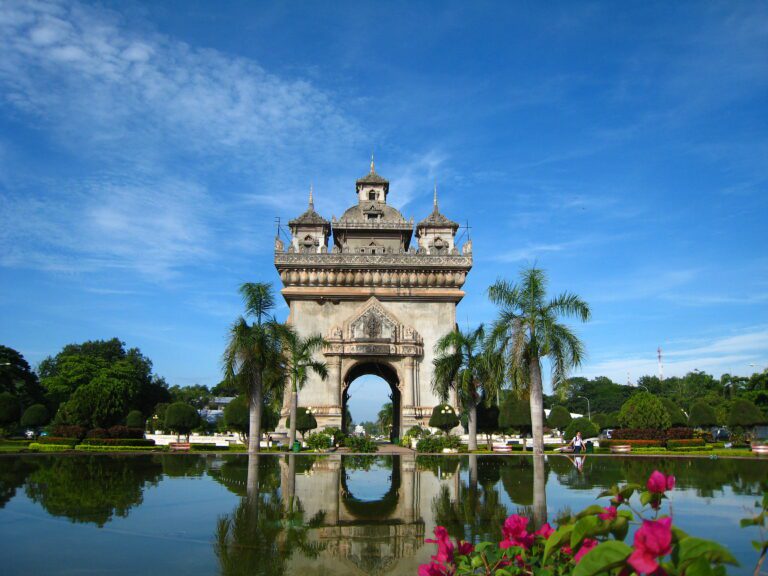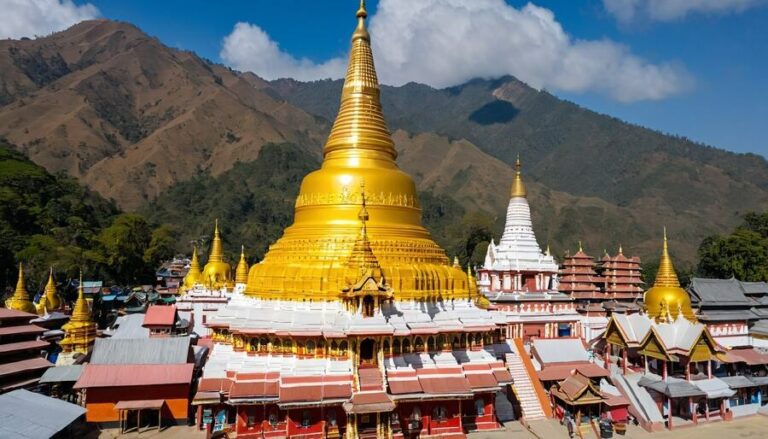The Greater Mekong Sub-Region, with its lush landscapes, pristine beaches, and vibrant cultures, is also home to some of the most spectacular caves in the world. These natural wonders, formed over millions of years, hide historical secrets, stunning formations, and breathtaking underground vistas.

Image courtesy of Alexander Blecher (CC BY-SA 4.0)
Here’s a spotlight on three caves that you simply cannot miss when you make the rounds of the Mekong’s Hidden Gems!
- Hidden River Beneath: Kong Lor Cave, Lao PDR
You’ll find this massive cave marvel in the Phu Hin Boun National Protected Area, in northern Khammouane Province. Kong Lor Cave boasts an impressive 7.5-kilometer-long river cave, carved out by the Nam Hin Boun River over millions of years, which travelers can explore on motorized long-tail boats.
Navigating the cave’s underground river, you’ll experience both serene, cathedral-like chambers and narrow passageways. It feels like an alien world under there: some chambers can be as high as 100 meters tall, but tourists see only light from the party’s head torches, layering mystery over awe.
Emerging on the other side, you’re treated to the secluded, picturesque village of Ban Na Than, where you can purchase snacks and some local handicrafts.
Traveler’s tip: Wear quick-dry clothes and consider packing a waterproof bag. It can get wet during the boat ride!
- Where Nature Meets Spirituality: Wat Tham Erawan, Thailand
Wat Tham Erawan can be found on the border of Loei and Nong Bua Lamphu provinces in Thailand, tucked away high in a karst mountain overlooking the countryside.
Brave the 600-step staircase from the bottom of the hill, and you’ll find a cave temple that’s both a geological and spiritual marvel. Stepping inside, you’ll find a serene Buddha image illuminated by a shaft of light from an overhead opening, creating a scene straight out of a fantasy film.
Beyond its spiritual allure, this cave showcases dramatic limestone formations, with stalactites and stalagmites looming out of the darkness as you explore with flashlights ablaze. The path through the cave runs for about 300 meters in and out.
Traveler’s tip: As it’s a sacred site, dress modestly (cover your shoulders and knees) and show respect to local customs. The best time to visit would be during Isaan’s cold season from November to February.
- A Gargantuan Beauty: Sadan Cave, Myanmar
In Myanmar’s Kayin State, the Sadan Cave can be found near Kotwarsuu Village in Hpa-an. The cave’s namesake is a legendary sacred elephant that once lived in these chambers.
The interiors reflect the cave’s sacred history – it’s an active place of worship to this day. After entering the cave, you’ll find a panoply of Buddha images, paintings from Buddhist legends, gold-covered stupas, and wall carvings, all centered around a massive statue of a reclining Buddha.
At the other side of the cave, you’ll emerge to the countryside once more, with a view of rice fields and a “secret lake”. Local boatmen will gladly ferry you back to the cave entrance from across the lake, while you enjoy views of the karst mountains looming over the landscape.
Traveler’s tip: Time your visit for the early morning on a weekday, to avoid the crowds and the rush for the boat rides at the end. Religious holidays can be extremely busy, as locals come to provide offerings.
As you embark on these adventures, it’s not just the breathtaking beauty of the caves that will captivate you, but also the stories they hold and the cultures they represent. Each cave, with its unique formations and history, offers a glimpse into the rich tapestry of Mekong Sub-region’s natural and cultural heritage. Whether you’re a seasoned traveler or a first-time explorer, these caves serve as a reminder of the wonders that lie beneath our feet, waiting to be discovered. So, the next time you’re in the Greater Mekong Sub-Region, take a moment to delve deep and uncover the mysteries of the earth.





